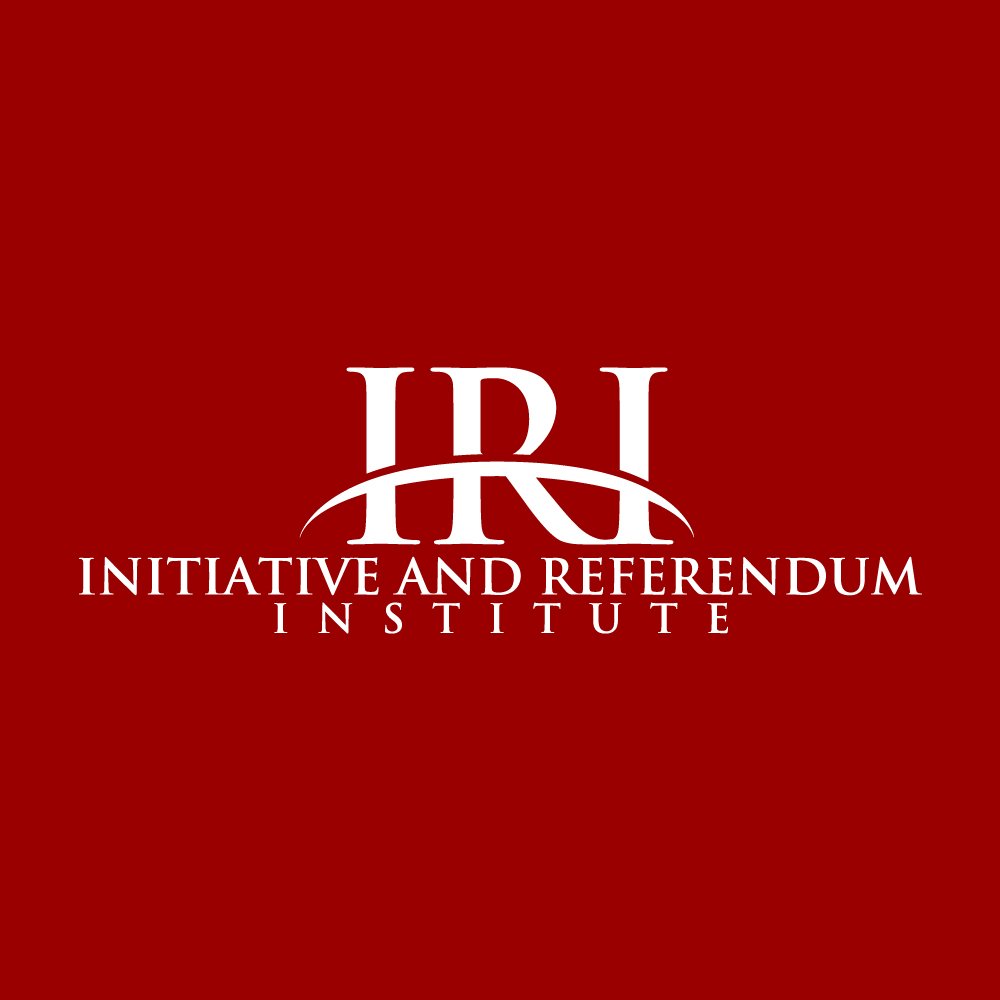Rhode Island
By 1917, Rhode Island was one of only four states in the Union where the state legislature had completely blocked initiative and referendum for both the state and local governments. Like Pennsylvania, Rhode Island was controlled from the Civil War to the Great Depression by a Republican Party machine allied with the state's big industrialists, in this case textile mill owners.
Foremost among its I&R advocates was Lucius F. C. Garvin, a state legislator who was elected governor in 1902. Garvin called for passage of an I&R bill in his 1903 message to the legislature and continued pushing for I&R after his term was over. Lewis A. Waterman, Democratic candidate for governor in 1910, also called for I&R, but to no avail.
In the 1980s, agitation for I&R resumed under the leadership of Marilyn Hines, director of the state chapter of Common Cause. The group won approval of a statewide initiative amendment in a state constitutional convention in 1986, but voters, probably not comprehending its meaning due to a lack of publicity on the issue, rejected it by a narrow margin.
The next big opportunity came in 1996 when the citizens voted on a statewide advisory question asking them if they wanted the initiative process. Voters said yes by a 53% to 47% margin. However, the state legislature ignored the people’s wishes once again.
See David Schmidt, Citizen Lawmakers: The Ballot Initiative Revolution (Temple University Press, 1989).
